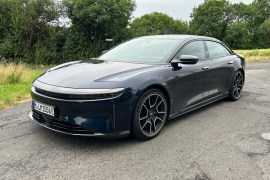Toyota Mirai first drive review
It might not look it, but the Mirai is the most futuristic car on the market
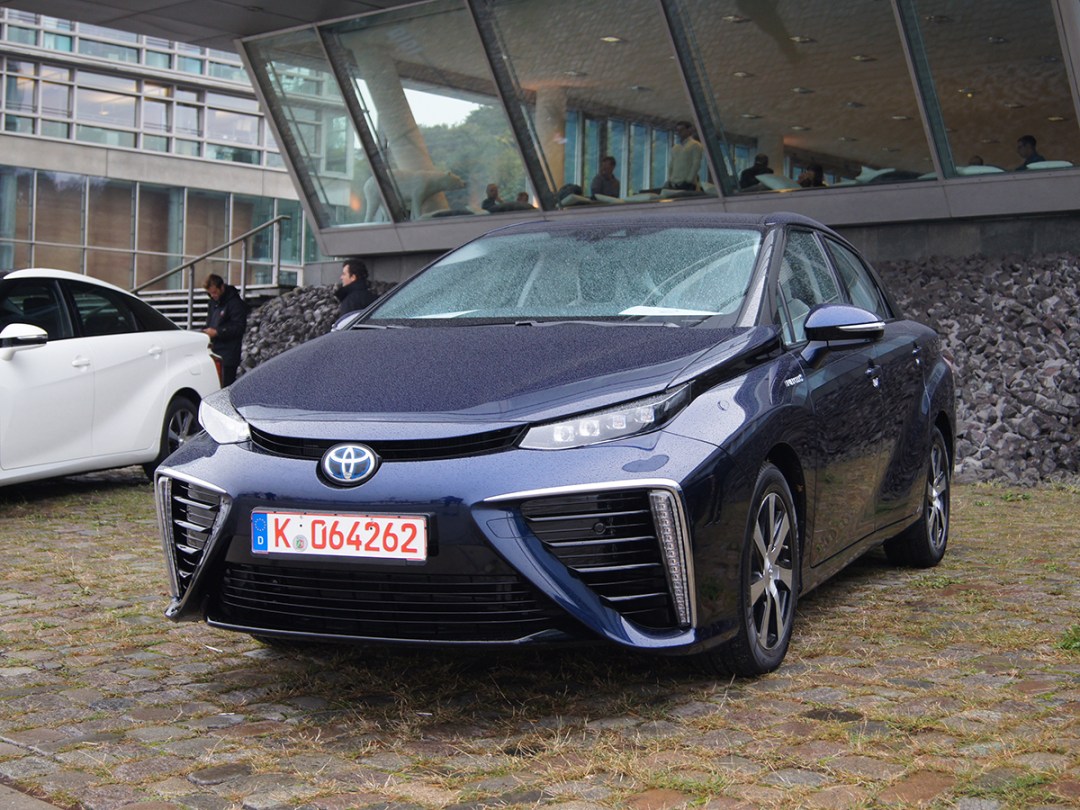
The chicken and the egg conundrum comes up a lot in tech, and never more so than in the case of hydrogen-powered cars.
Why build hydrogen fuel stations when there are no hydrogen-powered cars on the road? But then again, why build hydrogen-powered cars when there’s nowhere to fill them with fuel?
The impasse is particularly unfortunate in this case, because hydrogen fuel is seen by some as the best viable alternative to dirty, finite fossil fuels. All of which means that it’s vital that some brave soul takes the plunge and gets properly involved, and in this case that brave soul is Toyota.
A slightly awkward vision of the future
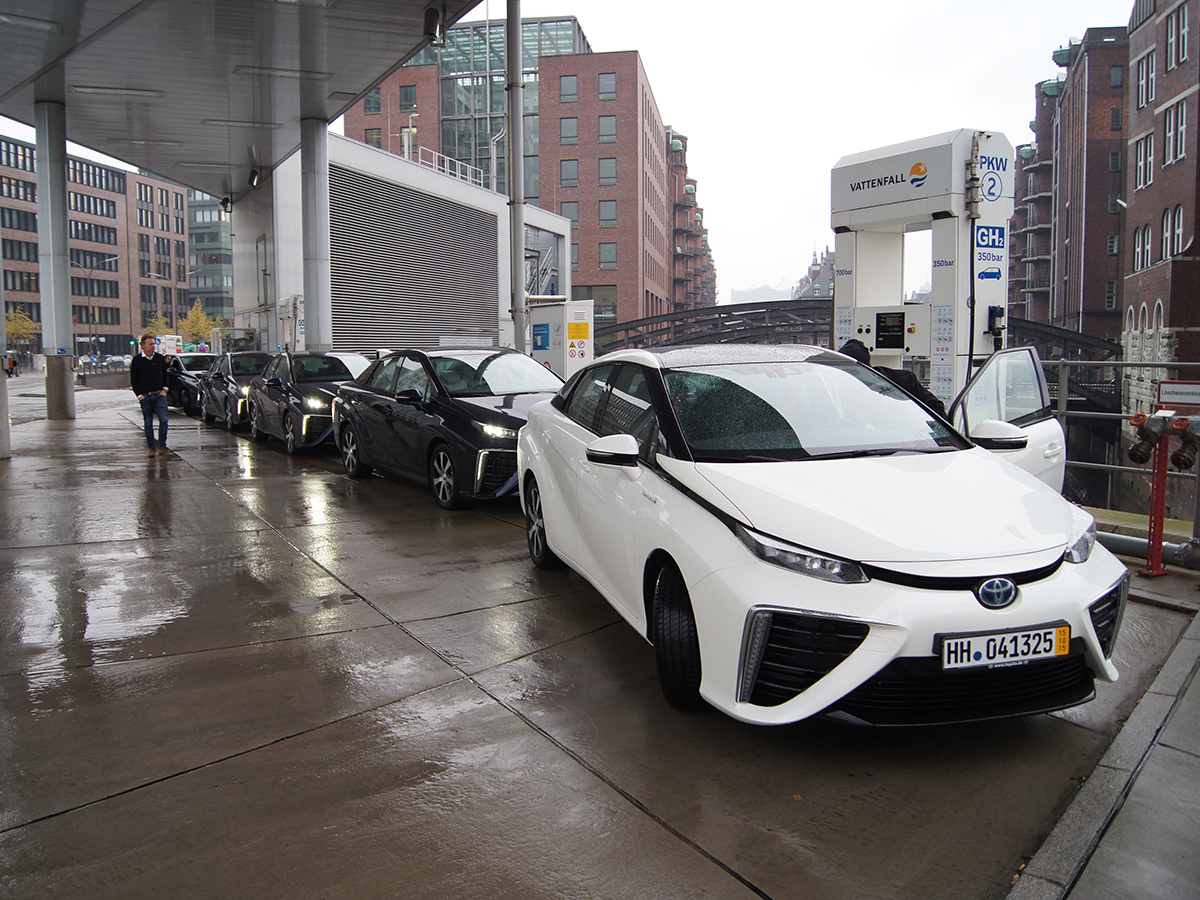
No, the Mirai is not the very first hydrogen-powered car available in the UK – a handful of them have been leased to companies in the past and Hyundai just about beat Toyota in the race to launch one (the ix35) that consumers could buy outright – but it’s arguably the most interesting, if for no other reason than it looks almost as futuristic as its hardware deserves.
Not that we’d exactly call it beautiful. The front is sporty and aggressive, with two huge, air-gulping vents and striking daylight-running lights. The rear looks like someone couldn’t make up their mind between two very different designs and ended up just doing both, then sandwiching them one on top of the other.
The interior also looks pretty futuristic, with screens dotted absolutely everywhere. But again, it doesn’t look particularly premium. This is a car that costs £66,000, but it’s clear from some of the shiny, plastic panels and the JBL logo on the infotainment system that the vast majority of that money has been spent on the powertrain, rather than the interior equipment.
Every mile feels like a minor miracle
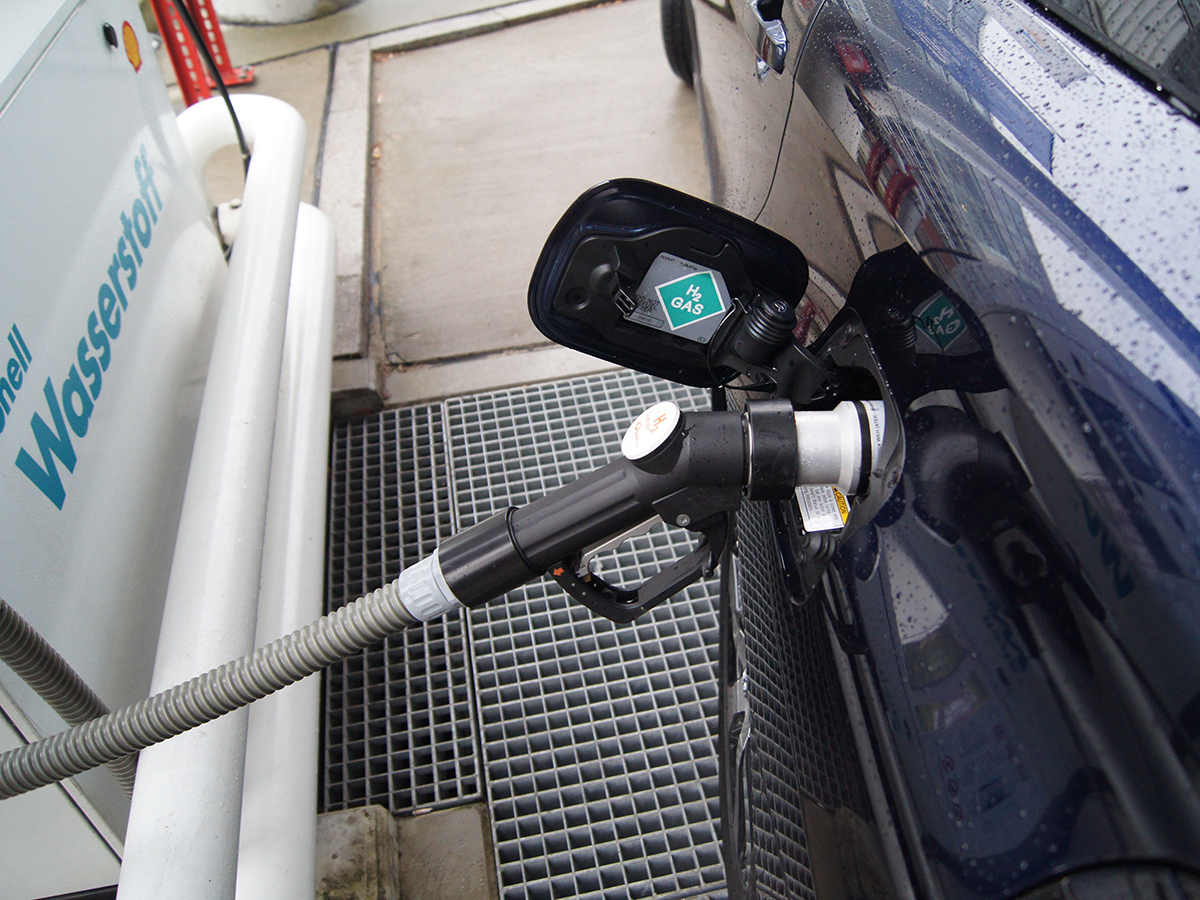
And that’s probably fair enough, because there’s a lot involved in turning hydrogen into the electricity the Mirai needs in order to get anywhere. In fact, every mile this car travels feels like a minor technical miracle compared to the brutish simplicity of a combustion engine.
Basically, there’s a fuel cell stack underneath the seats that acts like a little power station, combining the hydrogen from the tank with the oxygen sucked in through the vents and turning it into the electricity needed to power the motor. The only byproduct of all this is a wee bit of water. And I do mean “wee”: the Mirai leaves harmless little puddles and trails as it releases this excess H2O.
To fill up, you pull in to a hydrogen fuel station (which looks much like a standard petrol station), attach the pump nozzle to the car’s filling point (much as you would with a petrol car), and pull the lever until it clicks and starts pumping hydrogen into the tank. It takes around 3-5mins to fill and a full tank gives you a range of around 550km.
Electric whizz › Tesla Model S review
Easy to drive
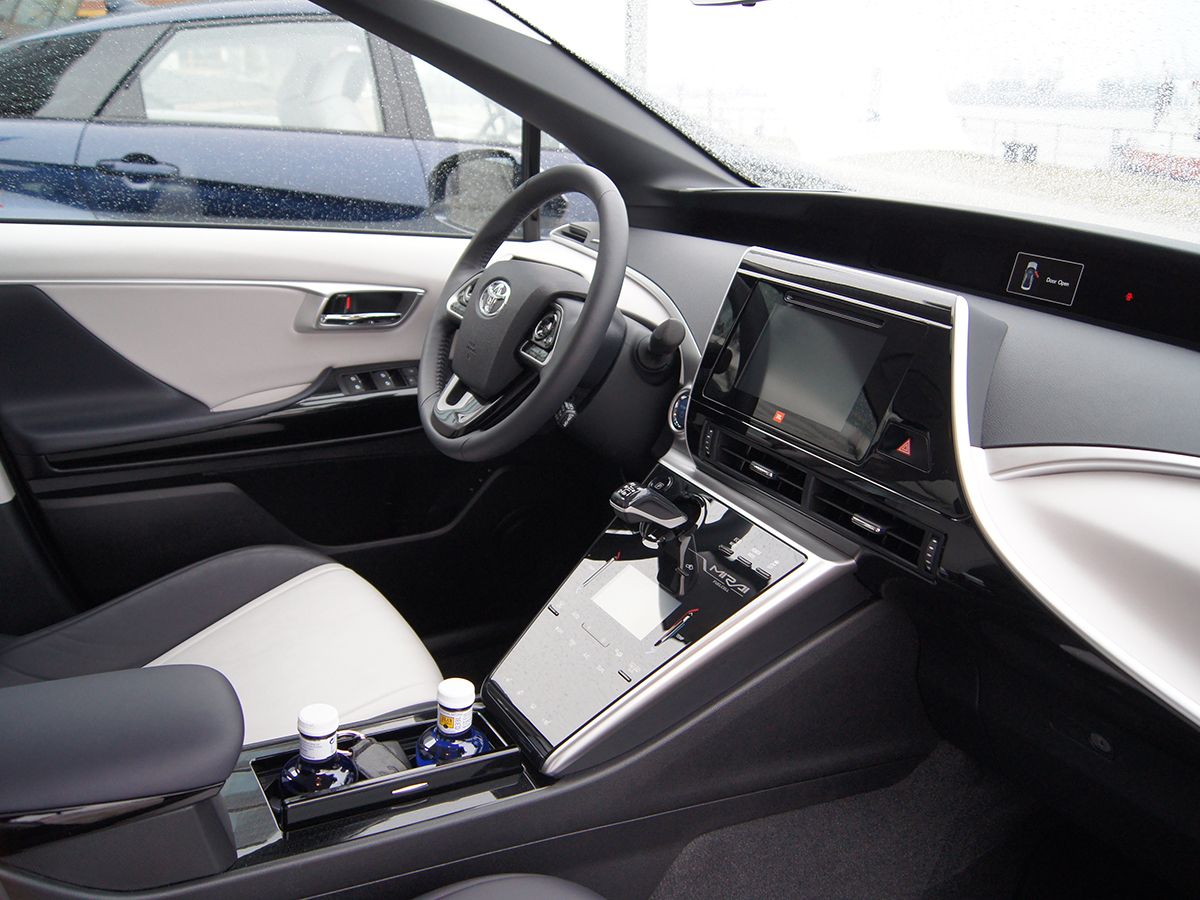
Seeing as it’s got an electrically driven motor it should come as little surprise that the Mirai feels just like an electric car to drive. It does’t have gears or a clutch: you just select ‘drive’, push down the accelerator pedal and you’re away.
You’re away quite quickly, too. As with other electric cars, the Mirai has instant torque, so you get smooth, rapid acceleration. Admittedly this tails off a little bit so that 0-62mph takes a respectable but unspectacular 9.6secs, but it feels plenty pokey from a standstill. We can’t see many UK owners worrying too much about the 111mph top speed, either.
But despite being respectably quick the Mirai isn’t especially engaging. It’s clearly set up for comfortable cruising rather than cornering dynamics, so while it’s a very pleasant (and extremely quiet) motorway muncher and a nicely nippy city runabout, it doesn’t strike me as an exciting B-road blaster. I could be proven wrong when we get to drive one in the UK, of course (this test drive took place in and around Hamburg), but it doesn’t seem likely.
Tough to live with
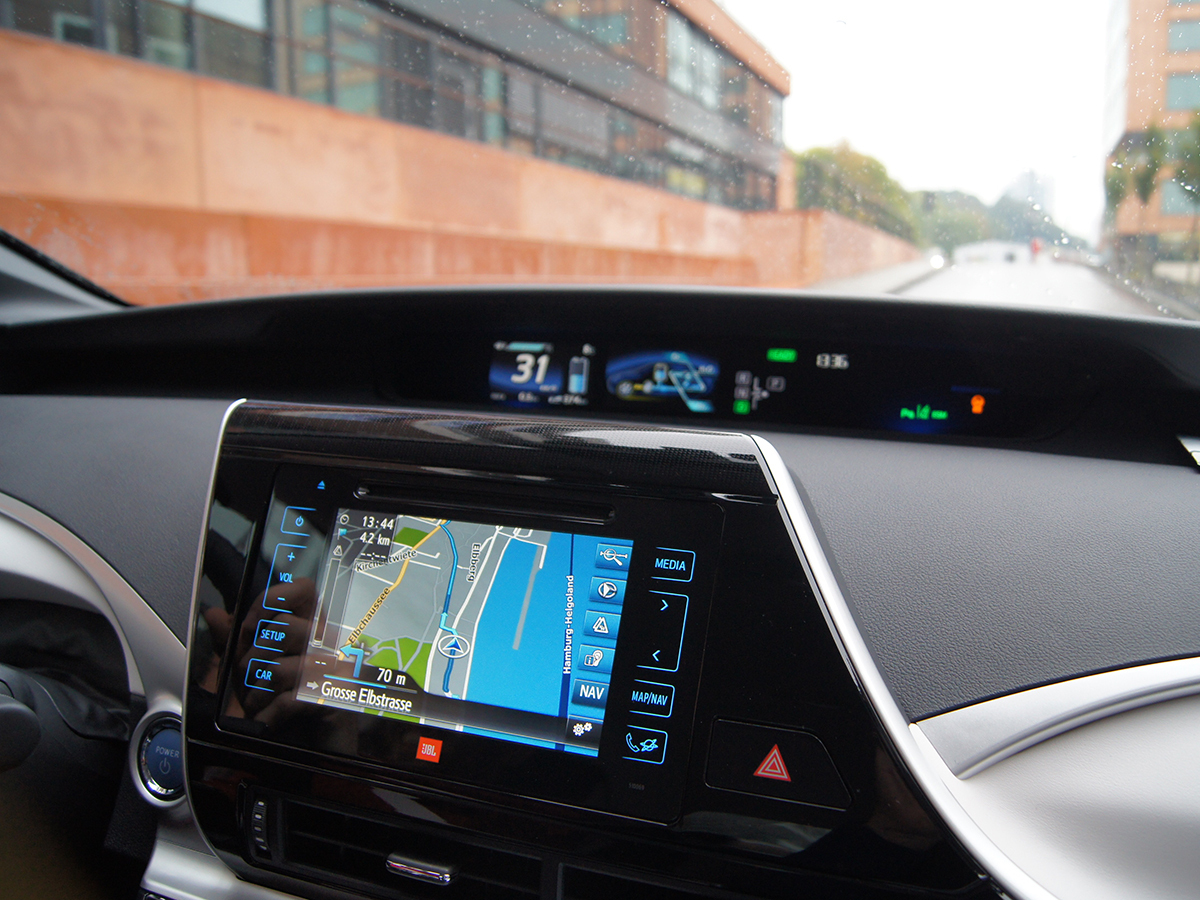
Buying and running one in the UK is going to be very tricky anyway. Just over ten Mirai’s are to be sold over here and there are even fewer hydrogen fuel stations than that.
That last fact makes the Mirai a tough sell. It can’t be charged up as a standard electric car can, and the tiny number of filling stations is limiting and inconvenient to say the least. Imagine someone with £60k-£70k to spend on an eco-friendly car choosing the Mirai over the Tesla Model S: you’d say they were mad.
But buying a Mirai isn’t simply about buying an eco-friendly car. It’s about buying a car that’s ahead of its time and investing in a hydrogen-powered future. So that person who buys one over a Tesla isn’t mad: they’re an early adopter; a pioneer. And that’s to be applauded. The rest of us, meanwhile, can sit back and wait for that future to come to us.
Dream driving › The top 10 cars in the world right now

